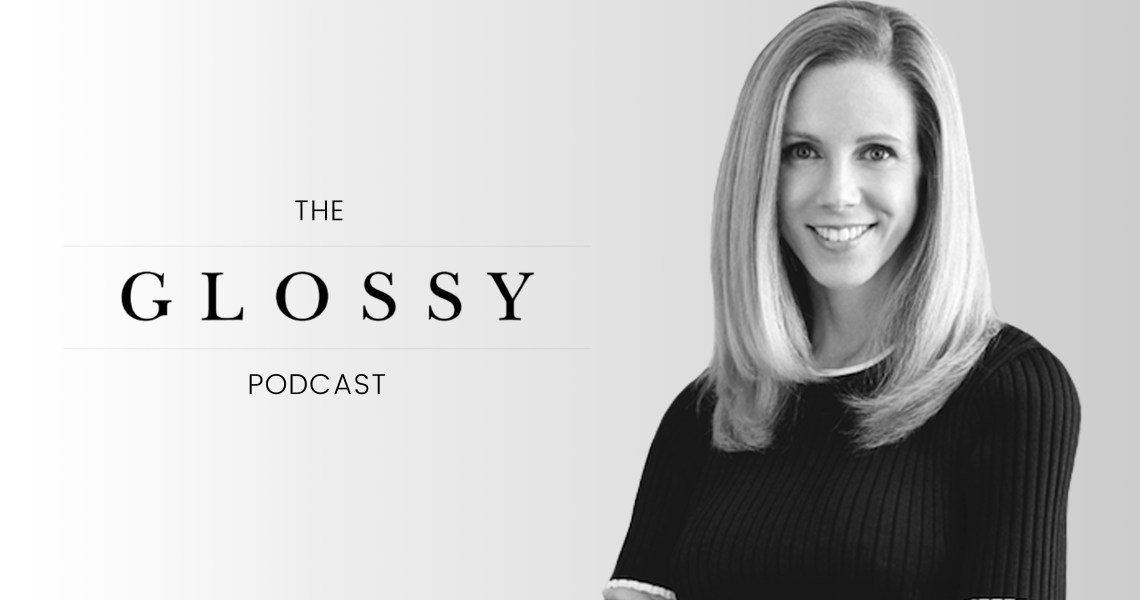Subscribe: iTunes | Stitcher | Google Play |Spotify
In the nearly six years since she joined Kate Spade, Mary Renner Beech, the brand’s CMO, has seen a lot of change.
From a major acquisition by Tapestry, to the entrance of new creative director Nicola Glass, to the loss of the brand’s founder, Kate Spade has been making a lot of headlines in recent years. But, according to Beech, these changes have only strengthened the brand and its promise of optimistic femininity.
“We are reimagining everything about Kate Spade but linking it incredibly clearly to our heritage and these past 25 years,” said Beech.
On this week’s episode of The Glossy Podcast, Beech discusses how Kate Spade is empowering women across the globe, relying on a combination of data and gut instinct, and continuing to evolve with consumers without straying from the brand’s heritage. Below are excerpts from the episode, edited for clarity.
Making an investment in women
“A mission we’ve had since 2014 is called ‘On Purpose.’ Through it, we have helped build a supplier in Masoro, Rwanda that employs 200 women. It is a social enterprise program, meaning that it has a double bottom line of profit and purpose. I think for Kate Spade, we’ve always been a brand about women. We were founded by a woman, our customers are primarily women, and we are staffed and led primarily by women as well. So focusing on an initiative that is all about the economic empowerment of women has come very naturally to us.”
Keeping up with consumers
“As much as parent companies come and go, and you have new acquisitions, the biggest changes have been with consumer expectations. We have always been a company that wanted to have our products available whenever or wherever customers want to purchase them, so we were, very early on, an adopter of e-commerce, and e-commerce remains a significant portion of our business, while we’re also direct-to-consumer. The bulk of our business is direct-to-consumer, with retail shops around the globe, and that has changed as well. It’s no longer just acceptable to have retail shops and dot com; you have to be omni.”
Limiting the influence of data
“Being a direct-to-consumer company, we do have so much access to data, and I always like to say — I hear others say it too — that we are data-informed, not data-led, and I think that’s important. Fashion will always have a component of it that is gut. Great designers just know what is going to come next, they know what consumers are going to love. But we have this data at our fingertips, and I think it’s about mining that data — not to find more data, but to find insights. What are the insights that are going to let us do the best possible thing for the consumers?”
Giving consumers a reason to choose your brand
“I think one of the things that fashion has, and has always had, is the emotion and the storytelling. Our CEO once said to us, ‘If you really need something to carry around your keys and your wallet, you could use a brown paper bag.’ Why is it that you want to have a handbag? There’s an emotion and an attachment, and a story that comes with your choice — it says something about you. I think today, in the world of Instagram, in which we’re all, in our own way, an influencer in our communities, there’s even higher stakes for the brands we choose to associate with. What fashion has to do is respond to the change of the consumers, and not stay locked in the ways of the past, but if you know your brand clearly, it makes it easy.”




